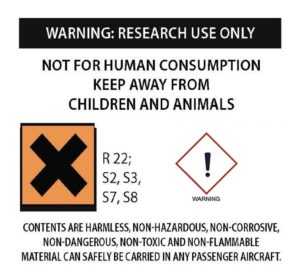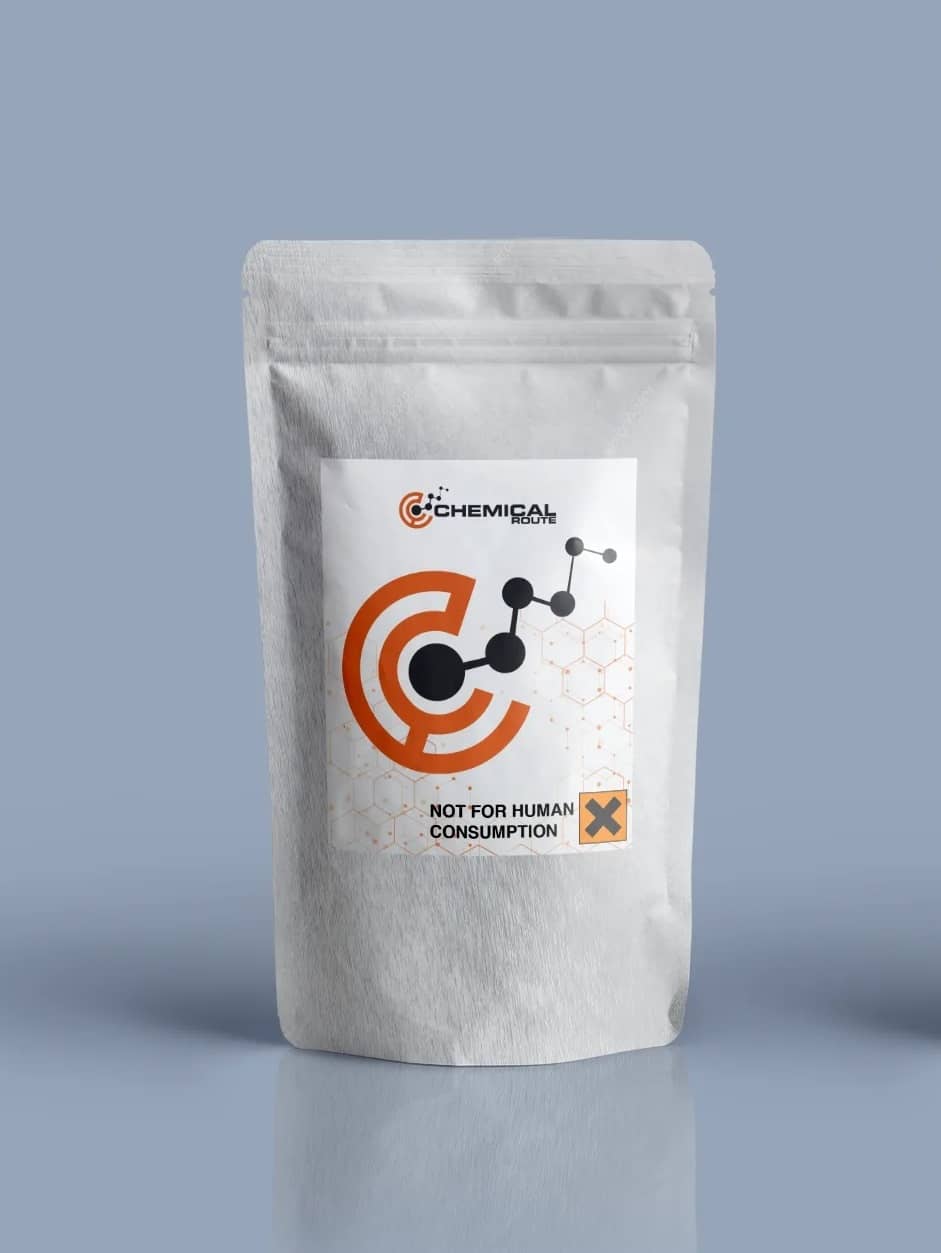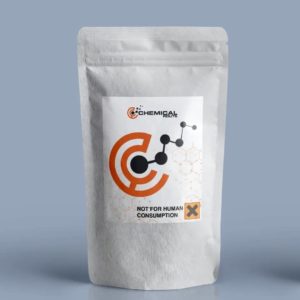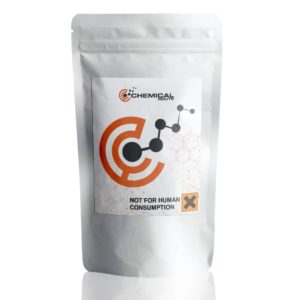Description
5-APDB, 3-Desoxy-MDA, EMA-4
Product information
IUPAC-name 1-(2,3-Dihydro-1-benzofuran-5-yl)propan-2-amine
Synonyms 5-APDB, 3-Desoxy-MDA, EMA-4, 5-(2-Aminopropyl)-2,3-dihydrobenzofuran, 3-desoxy-MDA
Formal name 2,3-
Cas number 152624-03-8, 152623-94-4 HCI
Formula C11H15NO, C11H15NO • HCl
Molar Mass 177.247 g·mol−1
Purity 98.0 % min.
Formulation Powder, Solid, Crystals
Solubility
- DMF: 20 mg/ml
- DMSO: 20 mg/ml
- Ethanol: 20 mg/ml
- PBS (pH 7.2): 1 mg/ml
5-APDB, 3-Desoxy-MDA, EMA-4, 5-(2-Aminopropyl)-2,3-dihydrobenzofuran, 3-desoxy-MDA
5-(2-Aminopropyl)-2,3-dihydrobenzofuran is a potential entactogen of amphetamine and phenethylamine classes. It is an analogue of the former that has been used in the treatment of various diseases. The latter, 6-APDB, is an analogue of the former that has been used in the research of non-neurotoxic MDMA analogues.
It can block the reuptake of certain neurotransmitters such as serotonin and dopamine by replacing the 3,4methylenedioxy ring with a methylene group. In drug discrimination studies, 5-APDB exhibits similar effects to those of other non-stimulant agents such as MDMA and MBDB.
In vitro studies show that 5-Aminopropyl-5-APDB’s effects are most similar to those of non-stimulant agents such as MMAI and MBDB. It also acts as a selective serotonin releasing agent, which can prevent the reuptake of certain neurotransmitters such as serotonin and dopamine. On the other hand, 6-APDB acts more like MDMA and is more balanced on its three monoamine receptors.
In animal tests, the two analogues of 5-APDB and 6-APDB were substituted for DOM. Although these were less potent than DOM, they were still able to show the same effects.
The toxicological and physiological properties of this compound has not been analyzed. Usage of this Chemical should be for research and forensic purposes only.
WARNING This product is not for human or veterinary use.

This product is only available to persons of 21 years old and above.
Hazard statement(s)
| H302 | Harmful if swallowed |
| H315 | Causes skin irritation |
| H319 | Causes serious eye irritation |
| H332 | Harmful if inhaled |
| H335 | cause respiratory irritation |
| H336 | cause drowsiness or dizziness |
| Precautionary statement(s) | |
| P264 | Wash hands thoroughly after handling |
| P280 | protective gloves/protective clothing/eye protection/face protection |
| P305 + P351 + P338 | IF IN EYES: Rinse cautiously with for several minutes. Remove contact lenses, if present and easy to do. Continue rinsing. |
| P337 + P313 | If eye irritation persists: Get medical advice/attention |
| P261 | Avoid breathing dust/ fume/ gas/ mist/ vapors/ spray |
| P271 | Use only outdoors or in a well-ventilated area |
| P304 + P340 | IF INHALED: Remove victim to fresh air and keep at rest in a position comfortable for breathing |
| P312 | Call a POISON CENTER or doctor/physician if you feel unwell |
| P403 + P233 | Store in a well-ventilated place. Keep container tightly closed |
| P405 | Store locked up |
| P501 | Dispose of contents/container to a licensed disposal company |




Reviews
There are no reviews yet.